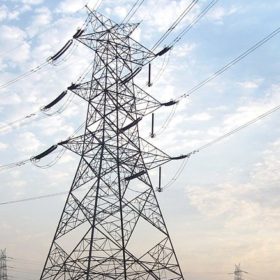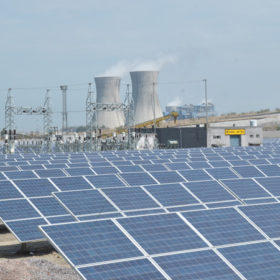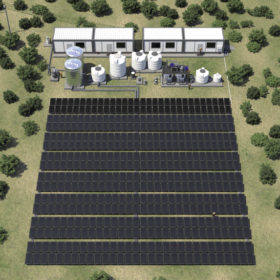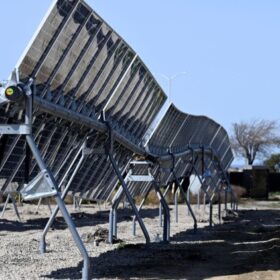The long read: Made in MENA
Despite big ambitions and even bigger projects being built across the region, PV manufacturing in the Middle East has never got off the ground. In Saudi Arabia, however, one manufacturer is realizing plans for a gigawatt-scale module factory. Over the next five years, Desert Technologies plans to bring 3 GW of heterojunction production to the Kingdom. pv magazine takes a look at the challenges facing PV manufacturers in Saudi Arabia, and the opportunities the nation may hold.
Tamil Nadu could save INR 35,000 crore with shift from coal to renewables
A new report suggests that the State shut down 3.1 GW of old coal plants and replace the lost generation with renewables. It also advocates switching from expensive power (tariffs > INR 4/kWh) to renewable energy (which now costs INR 3/kWh or less) and halting the construction of new coal plants.
Kalpataru Power Transmission acquires controlling stake in Brazilian EPC firm Fasttel
The Indian multinational has acquired a 51% stake in Brazilian company Fasttel Engenharia Ltd that specializes in engineering, procurement and construction (EPC) of power transmission, substation and distribution services.
Longi launches 420 W panel for rooftop applications
The monocrystalline module provider added a new product to its Hi-MO 4 series. The new panel has a power output of 410/420 W and a conversion efficiency between 20.5% and 21.0%. The width of the module is standardized, while three different length options can be chosen to maximize capacity in a rooftop project.
Union budget: Customs duty rise for solar inverters but modules spared
Imported solar inverters and lanterns will get costlier, as the union budget for the next fiscal year has proposed customs duty increases from 5%, for both items, to 20% and 15%, respectively. The budget, which also incentivizes Indian manufacturing of solar project components whilst giving a helping hand to raw materials, makes no mention of solar cells or panels.
Panasonic to exit solar manufacturing
The Japanese brand will continue to sell third-party-made modules under its brand in its home market, as it already does overseas, but in-house PV wafer, cell and module production will halt by the end of fiscal year 2022.
Financing large scale renewables in emerging economies
pv magazine has taken part in a webinar examining the thorny issue of financing clean energy generation in developing markets.
Electric vehicle transition presents US$266-billion investment opportunity this decade
A new report by government thinktank NITI Aayog and Rocky Mountain Institute (RMI) identifies financing as one of the hurdles for India’s electric mobility transition. It proposes solutions to lower the cost and increase finance for electric vehicles in the nation.
State power companies invited to develop 5 GW of solar
The PV projects—tendered under the Central Public Sector Undertaking scheme—will be entitled to government support through viability gap funding, with the level of VGF awarded determined by reverse-bidding auctions for the project capacity.
The long read: PV in the water-energy-food nexus
Sector coupling may be somewhat of a buzzword, but it also points to opportunities for PV beyond the power markets, which may quickly reach limitations during peak hours of irradiation. Combined energy, food and clean water production presents one such opportunity, with benefits for developers, utilities and communities.















